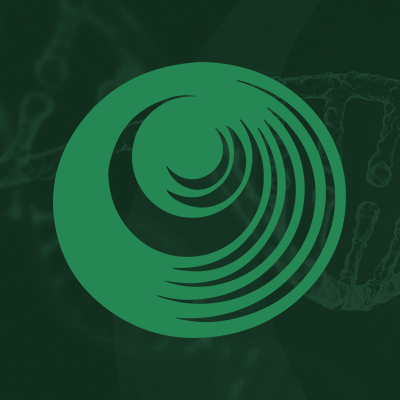Research Papers:
Rnf25/AO7 positively regulates wnt signaling via disrupting Nkd1-Axin inhibitory complex independent of its ubiquitin ligase activity
PDF | HTML | Supplementary Files | How to cite
Metrics: PDF 2094 views | HTML 3420 views | ?
Abstract
Rui Gao1,*, Lin-Qiang Ma1,*, Xiaogang Du1,*, Ting-Ting Zhang1, Liang Zhao1, Luhong Liu1, Jing-Crystal Liu1, Fengjin Guo1, Zhi Cheng1, Huizhe Huang1
1Second Affiliated Hospital, Chongqing Medical University, Chongqing, China 400010
*These authors contributed equally to this work
Correspondence to:
Huizhe Huang, e-mail: [email protected], [email protected]
Keywords: naked cuticle, axin, wnt, Rnf25, mesenchymal-epithelial transition
Received: April 21, 2015 Accepted: November 14, 2015 Published: March 16, 2016
ABSTRACT
Wnt signaling components have been shown to control key events in embryogenesis and to maintain tissue homeostasis in the adult. Nkd1/2 and Axin1/2 protein families are required for feedback regulation of Wnt signaling. The mechanisms by which Nkd1 and Nkd2 exhibit significant differences in signal transduction remain incompletely understood. Here we report that Rnf25/AO7, a previously identified E3 ubiquitin ligase for Nkd2, physically interacts with Nkd1 and Axin in an E3 ligase-independent manner to strengthen Wnt signalling. To determine the biological role of Rnf25 in vivo, we found that the renal mesenchymal cell, in which rnf25 was knocked-down, also exhibited more epithelial characters than MOCK control. Meanwhile, the transcriptional level of rnf25 was elevated in three separate tumor tissues more than that in paracarcinomatous tissue. Depletion of Rnf25 in zebrafish embryos attenuated transcriptions of maternal and zygotic Wnt target genes. Our results indicated that Rnf25 might serve as a molecular device, controlling the different antagonizing functions against canonical Wnt signaling between Nkd1 and Nkd2 cooperated with Axin.
 All site content, except where otherwise noted, is licensed under a Creative Commons Attribution 4.0 License.
All site content, except where otherwise noted, is licensed under a Creative Commons Attribution 4.0 License.
PII: 8126
